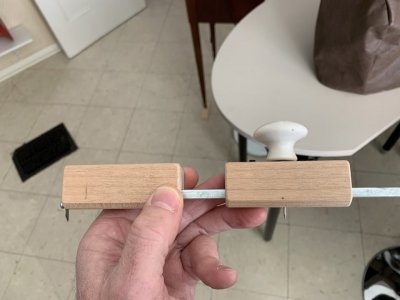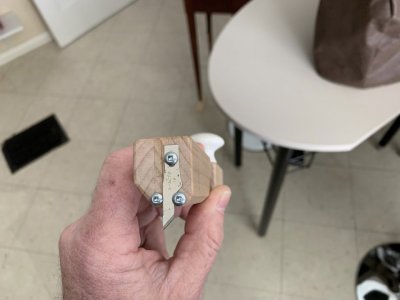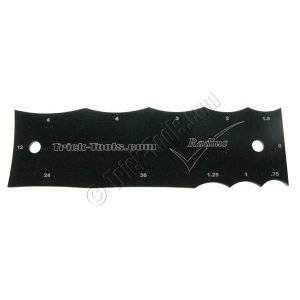- Joined
- Feb 21, 2022
- Messages
- 11
[First post, please be kind. ]
I have a 25 piece radius gauge set from the Little Machine Shop; ¹/64" to ¹⁷/64" by ¹/64", ⁹/32" to ½" by ¹/32".
Which has been great.. except now I want to verify the outside Z-axis curvature of an outer bearing race roughly 4¾" in (outside) diameter. It looks as though the curvature, if continued, would make a sphere. But I don't know what I'd use for a 2⅜" radius gauge to verify it with precision.
[New here, so I don't think I can post an image.]
Oddly, this wasn't for a press-in or inset bearing, so the outer surface isn't parallel to the axis. And I haven't seen the inner race for more than forty years; this was a scrap I picked up working at Fafnir-Textron's bearing factory.
I could try to verify the sphere premise by making a pseudo-gauge for the radius in the XY plane and see if it matches the curve on the Z axis, but it wouldn't be very precise.
Any suggestions? Thanks!
I have a 25 piece radius gauge set from the Little Machine Shop; ¹/64" to ¹⁷/64" by ¹/64", ⁹/32" to ½" by ¹/32".
Which has been great.. except now I want to verify the outside Z-axis curvature of an outer bearing race roughly 4¾" in (outside) diameter. It looks as though the curvature, if continued, would make a sphere. But I don't know what I'd use for a 2⅜" radius gauge to verify it with precision.
[New here, so I don't think I can post an image.]
Oddly, this wasn't for a press-in or inset bearing, so the outer surface isn't parallel to the axis. And I haven't seen the inner race for more than forty years; this was a scrap I picked up working at Fafnir-Textron's bearing factory.
I could try to verify the sphere premise by making a pseudo-gauge for the radius in the XY plane and see if it matches the curve on the Z axis, but it wouldn't be very precise.
Any suggestions? Thanks!



